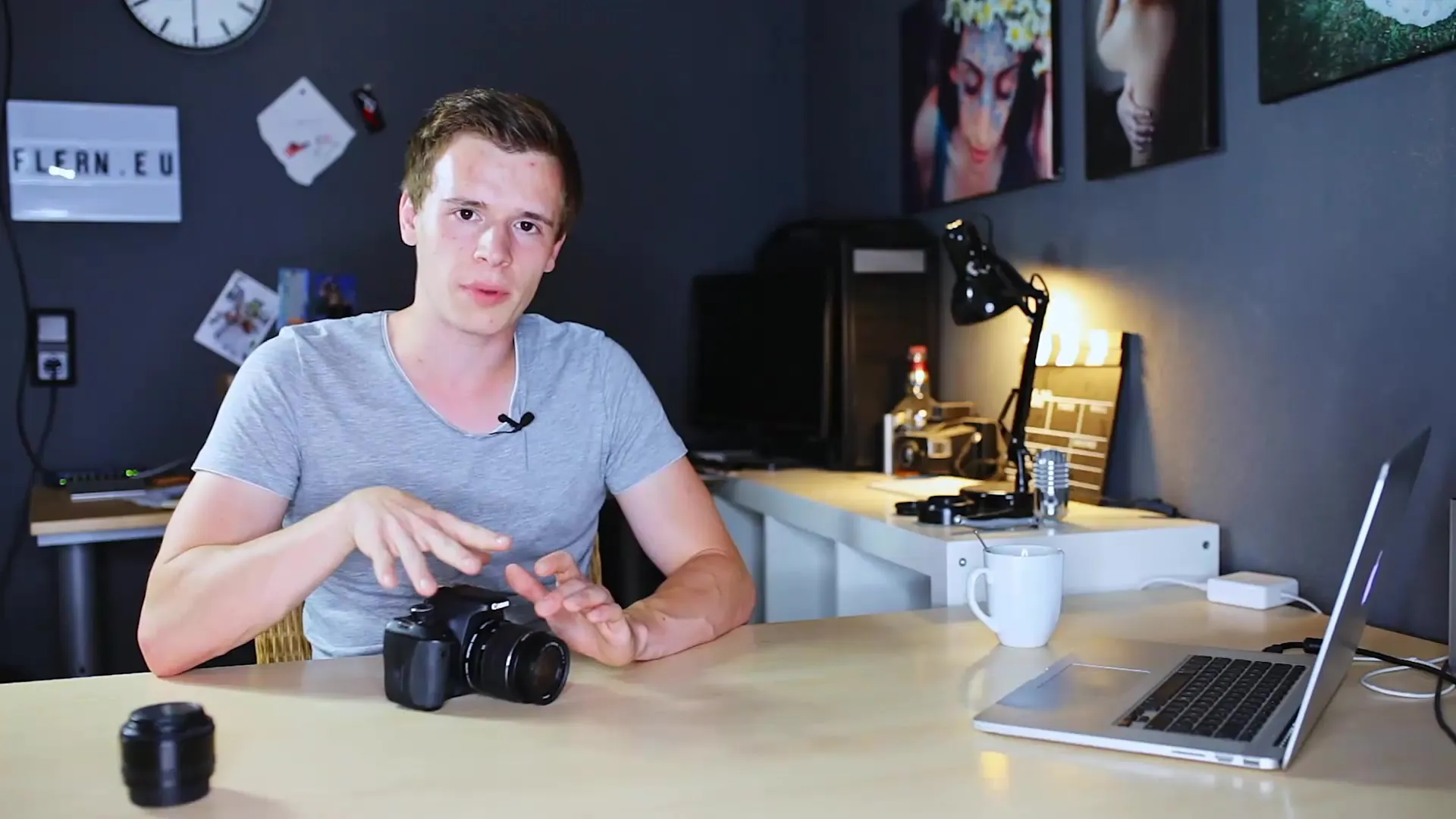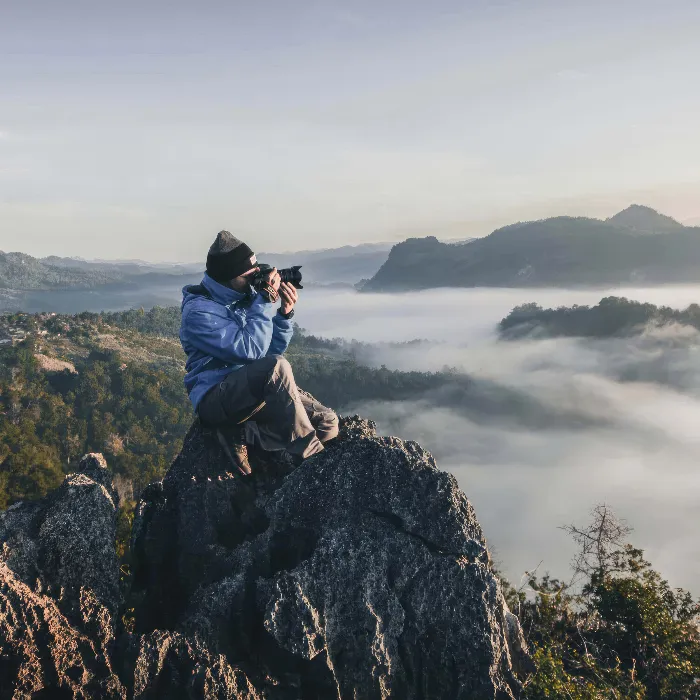Equipped with a kit-lens, many beginners in photography embark on the exciting journey into the realm of images. As a beginner, you might find it a bit overwhelming with so many different lenses and options available on the market. However, with these lenses often referred to as “plastic junk,” you can achieve a lot without spending several hundred euros on new equipment. In this guide, you will learn how to fully exploit the potential of your kit lens and take impressive photos.
Key insights
- The kit lens is excellent for taking initial steps in photography.
- The focal length range of 18 to 55 mm opens up versatile possibilities for you.
- Understanding aperture and depth of field is crucial for composing images.
- Experiments are the key to improving your photography skills.
The fundamentals of the kit lens
The kit lens, typically included with APS-C cameras, offers you a focal length range of 18 to 55 mm. This range is ideal for capturing both wide-angle and slightly telephoto shots. When converted to full-frame format, this results in an effective focal length range of about 22 to 88 mm. This makes the kit lens a flexible tool for landscape, portrait, and even some macro photography.

The kit lens is specifically designed for APS-C cameras, meaning it does not work on full-frame cameras. Nonetheless, it is an ideal choice for beginners, allowing you to start easily and try out different photography styles.
Correctly handling focal lengths
Start by using the shortest focal length at 18 mm to photograph landscapes. You will notice how much more you can capture in the image with lower focal lengths. Experiment a bit: you can capture everything from the natural beauty in the vastness of the sky to close-up details in nature.
If you find you have reached the limit of your focal length, it's a good time to consider investing in another specialized lens. Keep in mind that you can achieve many great results even with the kit lens.
Depth of field and aperture
Aperture is an important aspect of photography. Your kit lens typically has a variable aperture ranging from f/3.5 to f/5.6, depending on the chosen focal length. This means that at longer focal lengths, you can capture less light, which can be particularly detrimental in portrait photography, as the background does not become as blurred as it would with prime lenses.
However, if you want to play with depth of field, you might consider a prime lens. Affordable models like the Canon 50 mm f/1.8 are an excellent choice for portraits and can help you achieve the desired blur in the background.
Tips for experimenting
Encourage yourself to experiment with your kit lens! Actively explore the different focal lengths and aperture settings. Try close-ups by utilizing the lens's minimum focusing distances between 22 cm and 42 cm for interesting subjects. If the images look blurry, it might be because you are too close.
Observe how changes in focal length and aperture affect your images. Gaining experience is the best way to enhance your photography skills. Try out different lighting conditions, times of day, and subjects to sharpen your feel for the camera and lens.
The next steps
Once you have mastered the basics, it's time to occasionally ask yourself: "Which direction do I want to develop?" Whether landscape, portrait, or macro photography - depending on your preference, you can specifically look for specialized lenses.
Gradually acquire new lenses, but don't lose the creative fun of experimenting with your kit lens. Oftentimes, you can achieve a lot with it already.
Summary - Master the art of photography with your kit lens
With your kit lens in hand, you have the perfect tool to discover the various facets of photography. Utilize the flexibility of focal lengths, play with apertures, and experiment to get the most out of your equipment. Don’t be discouraged by prejudices; every piece of equipment has its strengths.
Frequently asked questions
What are the advantages of the kit lens for beginners?It is cost-effective, versatile, and allows you to try out various photography styles without the need to invest in multiple lenses immediately.
Is the kit lens suitable for advanced users?For specific photography genres, higher-quality lenses are often required; however, the kit lens can also serve as a secondary lens for advanced users to work with different focal lengths.
How can I use the aperture on my kit lens?The aperture affects the amount of light hitting the sensor and the background blur. Experiment to develop a sense of which aperture setting works best for your subject.
When should I buy a new lens?If you frequently reach the limits of your kit lens or have specific requirements in photography, such as extreme lighting conditions or specific focal lengths.


